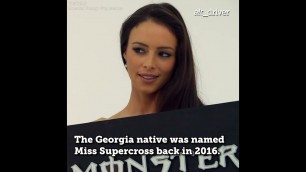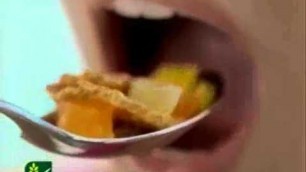'Napoleonic Sideburns and Military Fashion of the 19th Century'


'It\'s rather common knowledge that long sideburns were very popular during the early 19th Century, and throughout the Napoleonic Era. But using the term \'sideburns,\' might not be entirely appropriate when discussing this period, as that particular phrase had not yet appeared. Indeed the name by which we now refer to such whiskers is a much later, mid-to-late Victorian invention, well after the days of Napoleon. Yet, there are many of us who would claim that the roots of the word are found in the practicalities of a soldier\'s life. Why is that? And, if it\'s wrong, why do these \'farbisms\' continue so strongly? For those who are so inclined, have a \'social\' link related to the channel! If you would like to support the Channel on Patreon: https://www.patreon.com/BrandonF - - - - - - This video was made in support of The Native Oak. Learn more about our educational mission here: https://www.nativeoak.org/ If you\'d like to support the channel, please consider giving on Patreon, https://www.patreon.com/BrandonF You can follow me on social media too! https://www.facebook.com/TheNativeOak https://www.instagram.com/brandonfisichella/'
Tags: fashion , 19th century , victorian , regency , georgian , facial hair , reenacting , Regency fashion , napoleonic , shako , farb , Brandon F. , sideburns , napoleonic era , bearskin , napoleonic uniform , regency hairstyle , fact over farb
SEE ALSO: I.G.Model , usmc , schnell , athlete , functional , hollywood , royal marines commando , arms , boxing training , inspirational













comments: